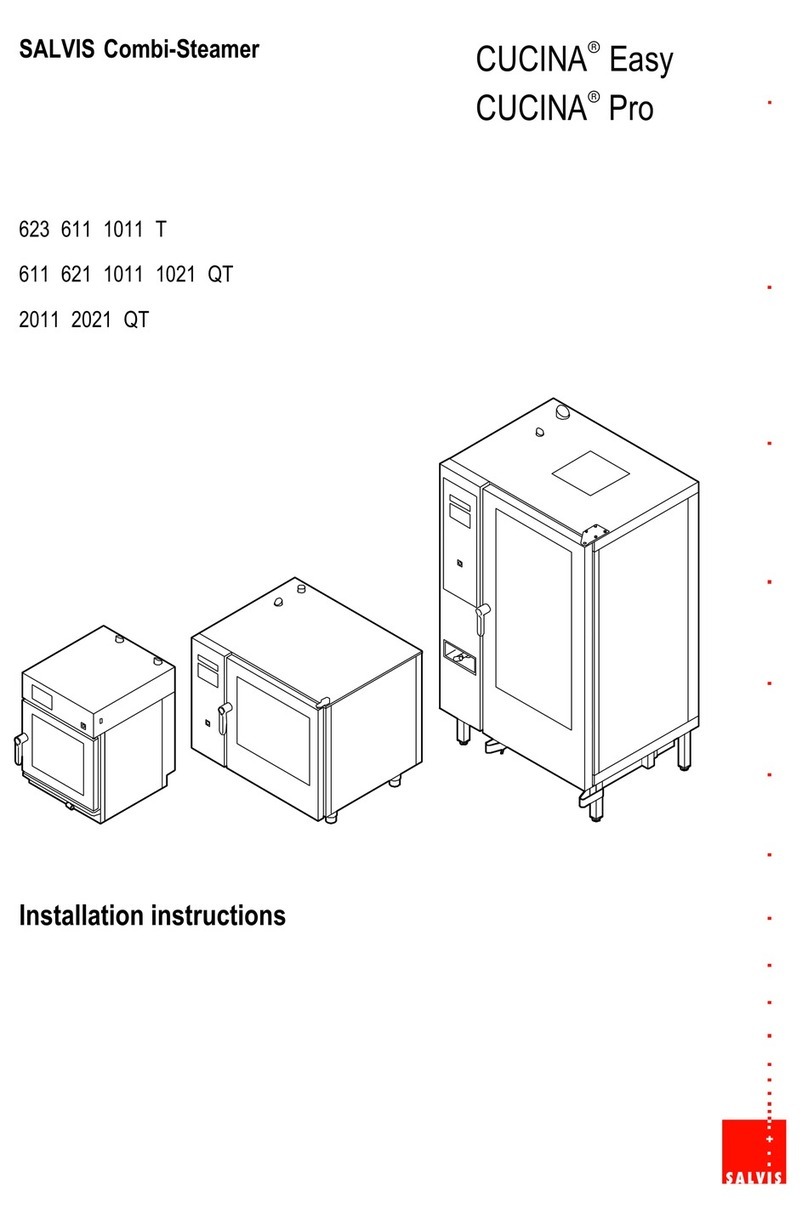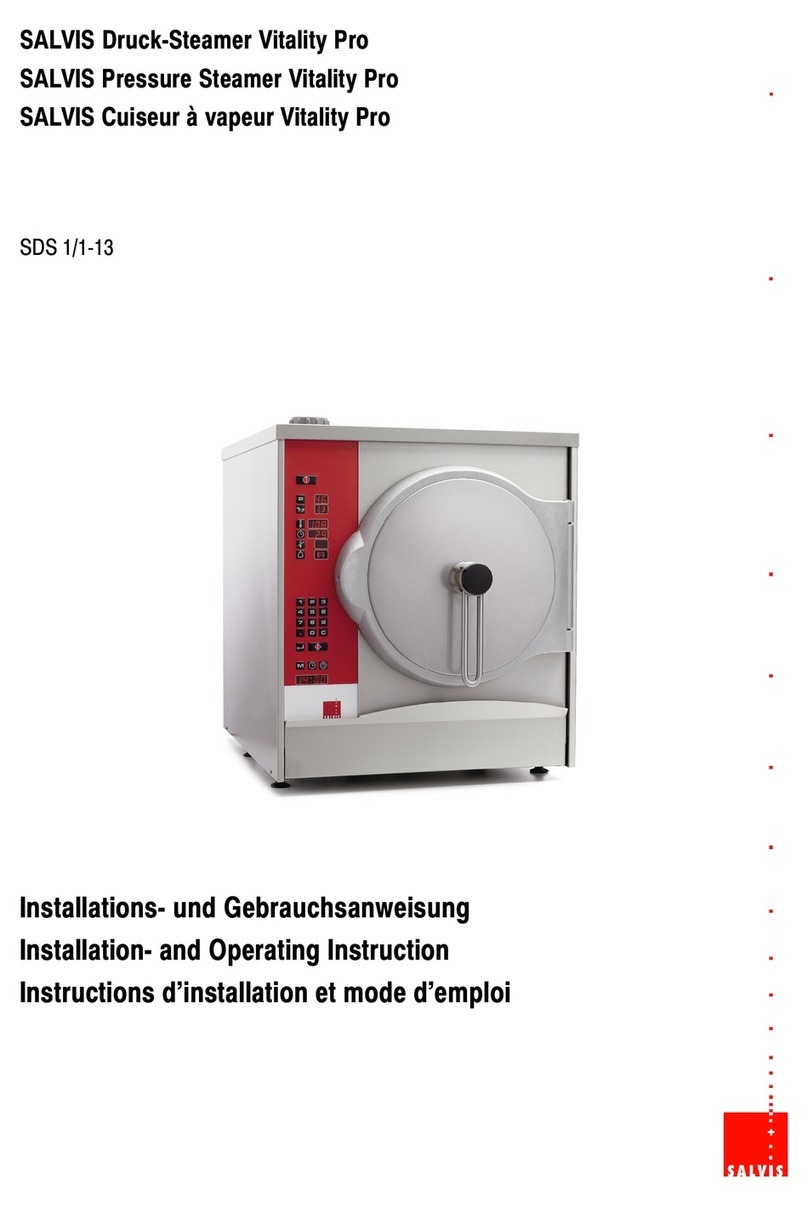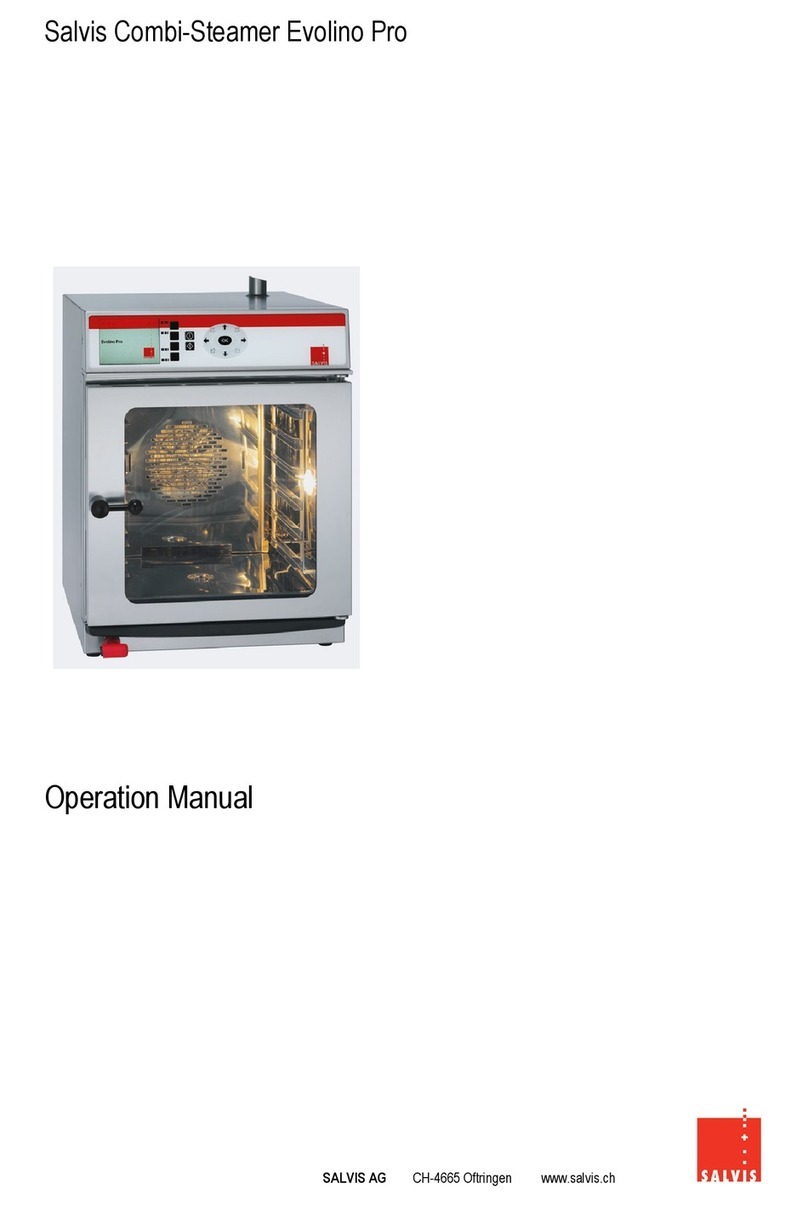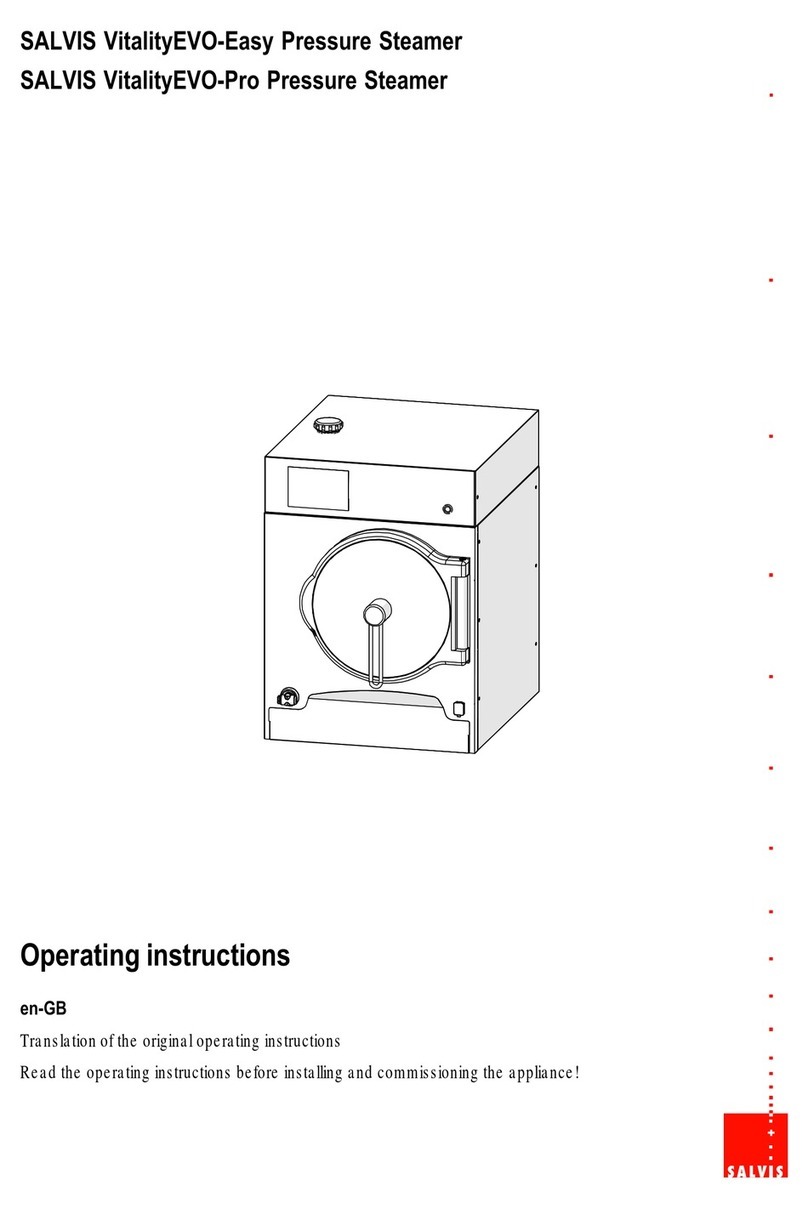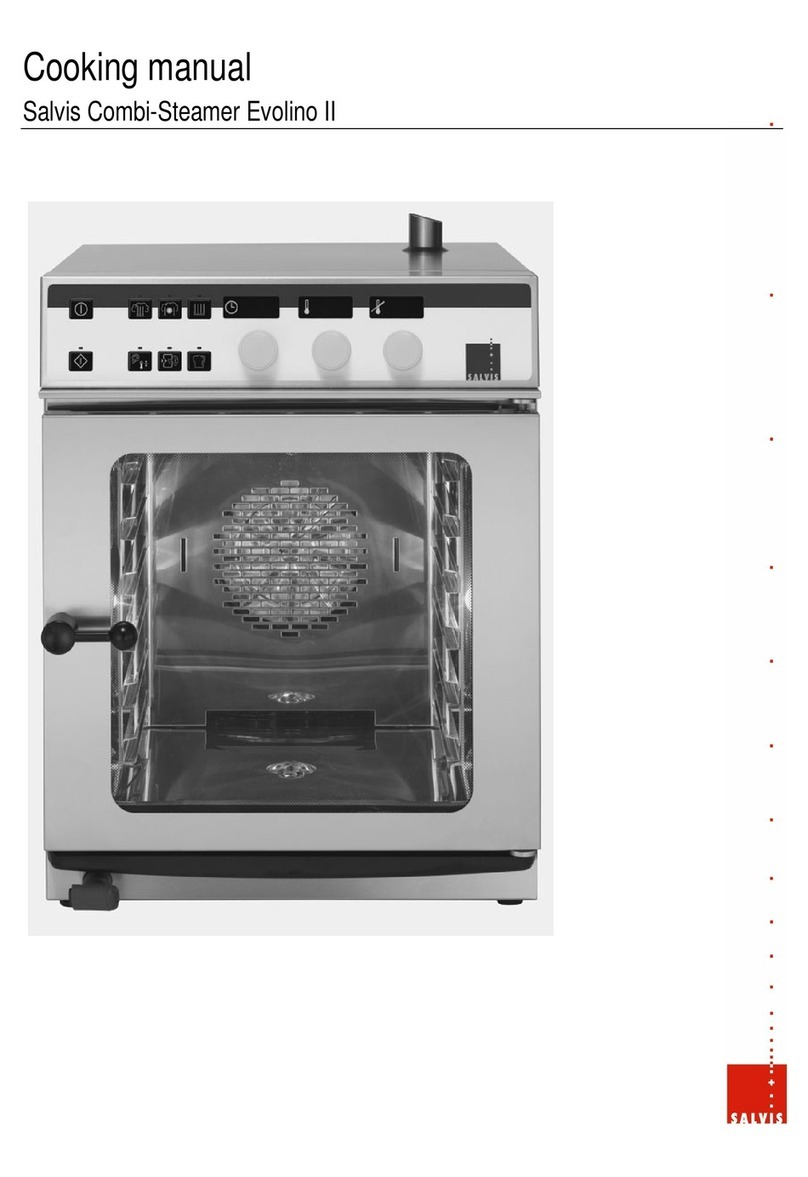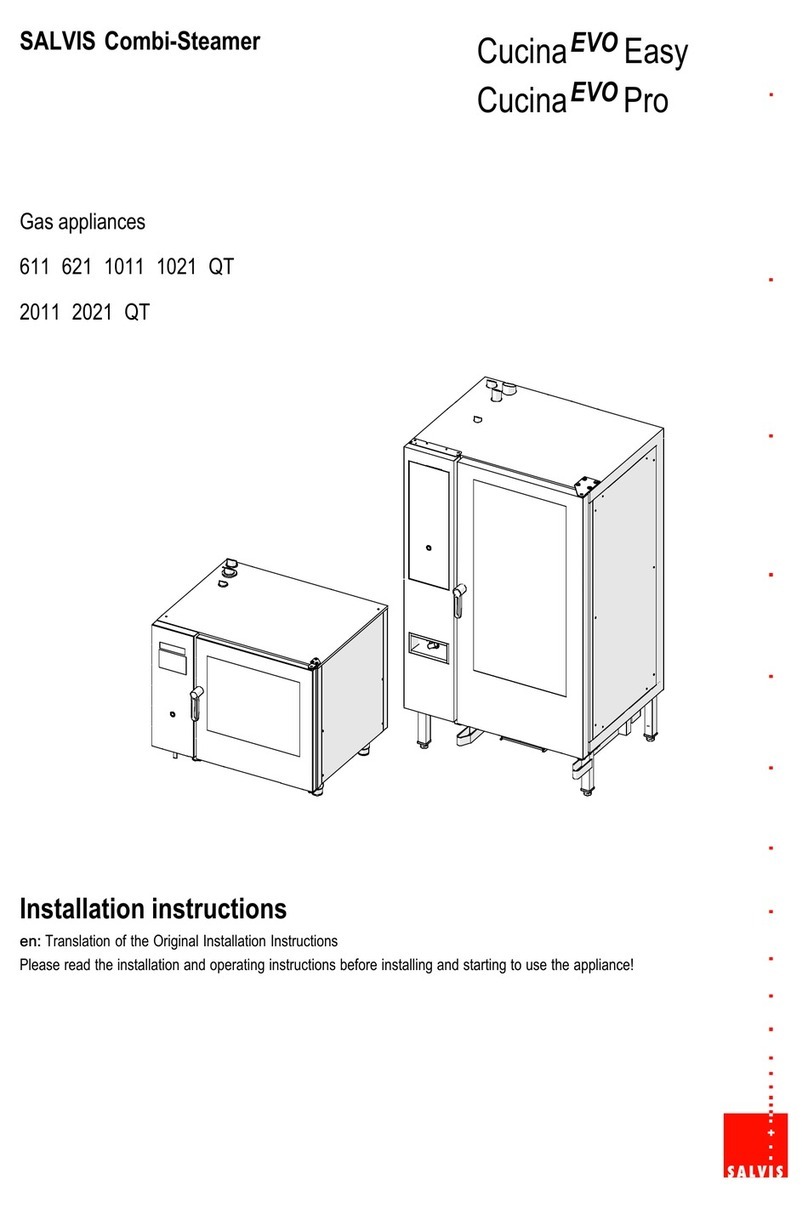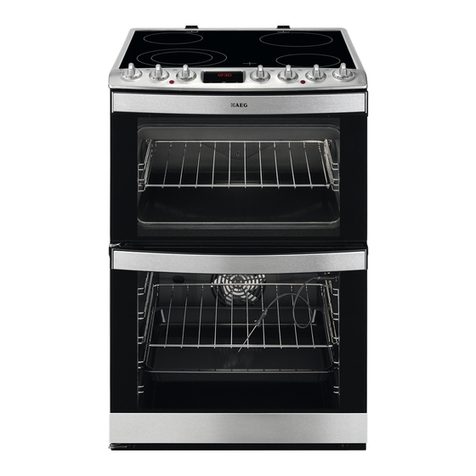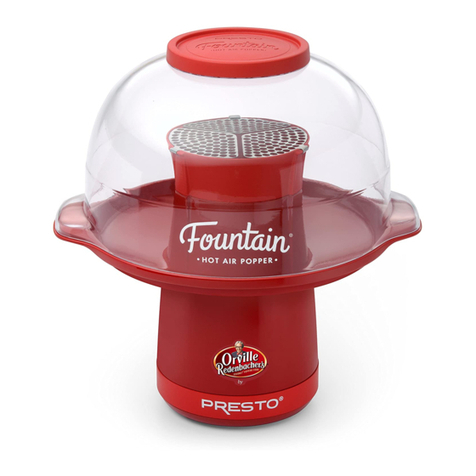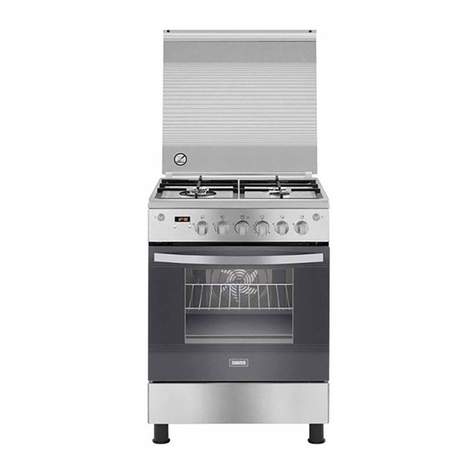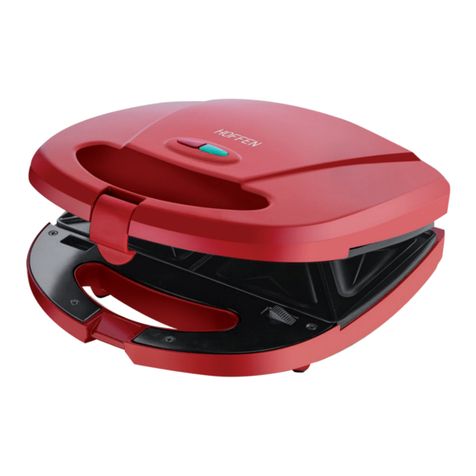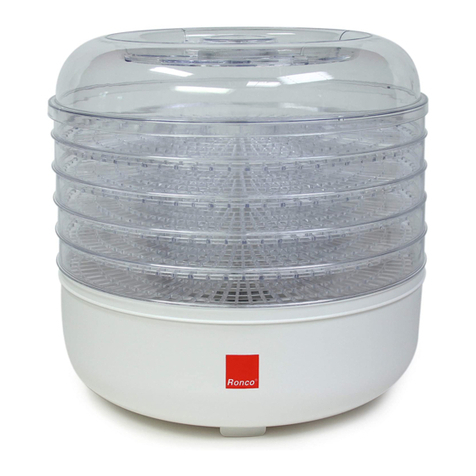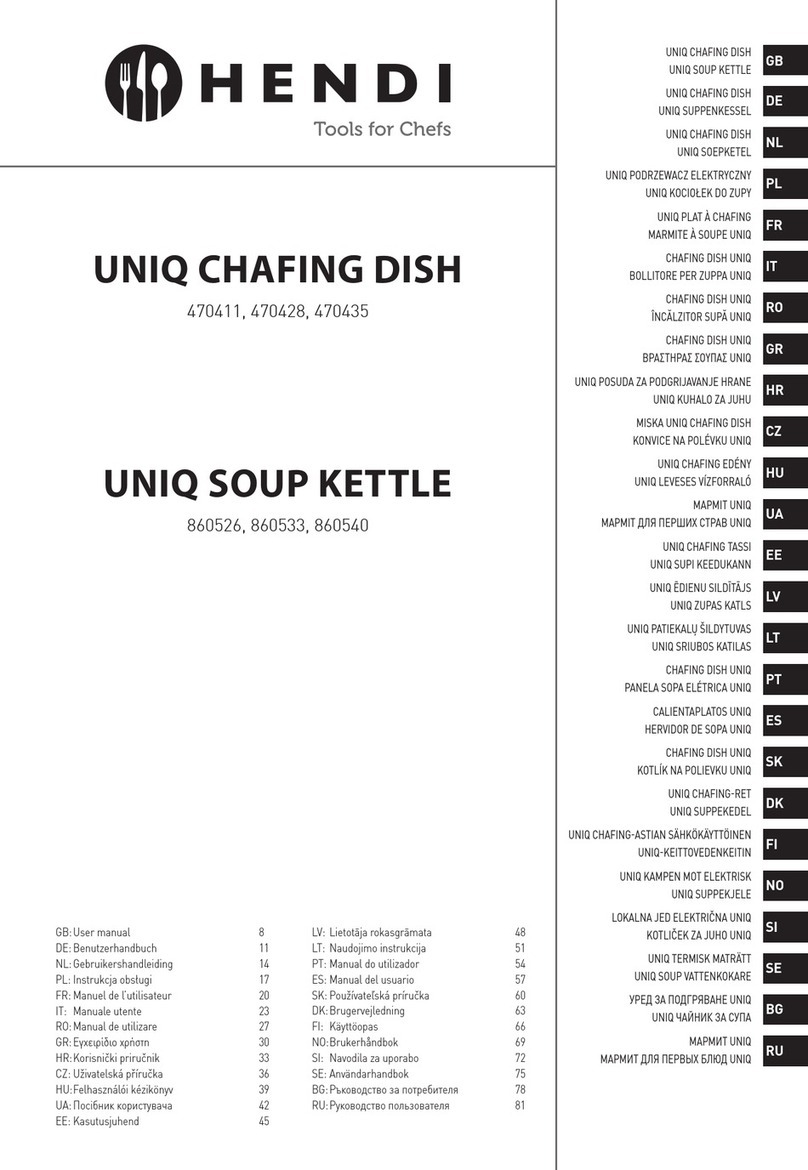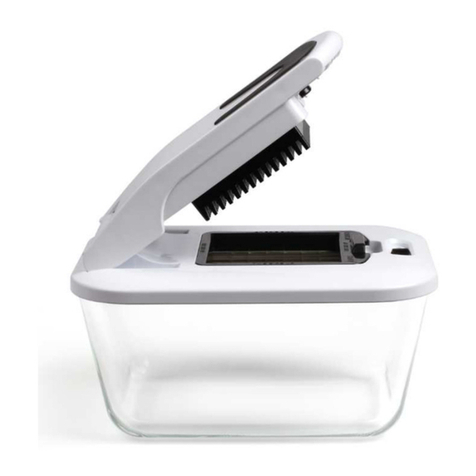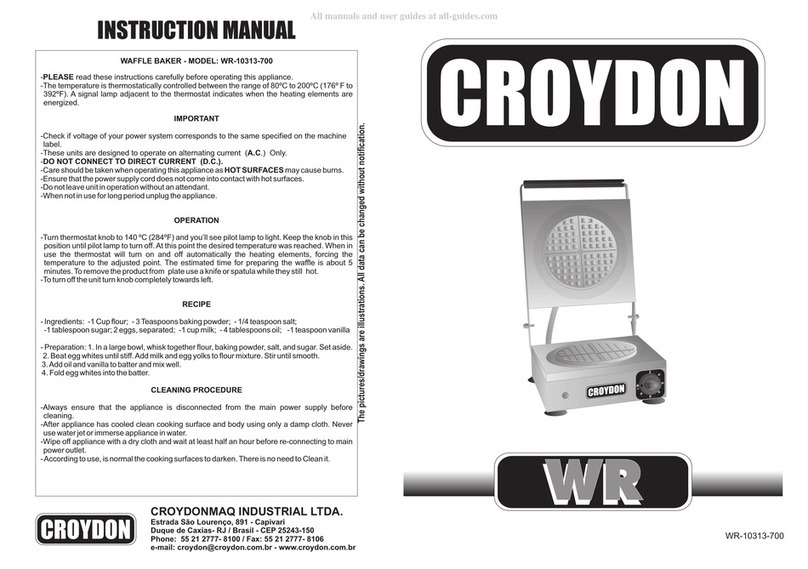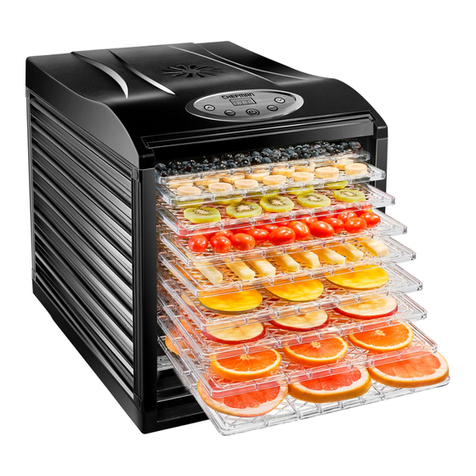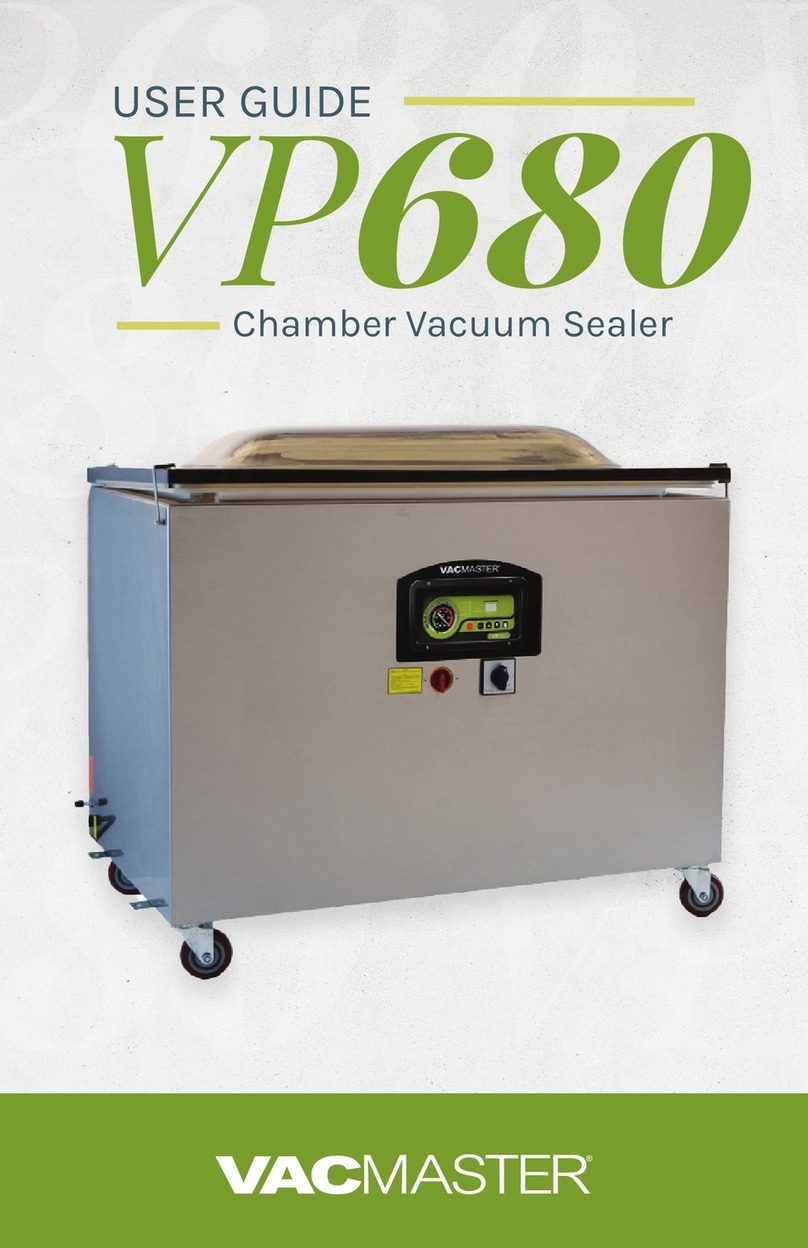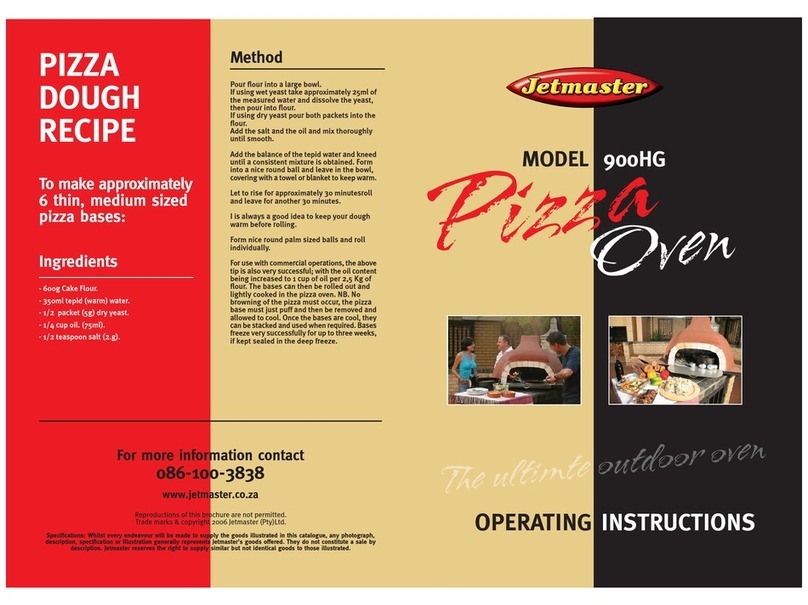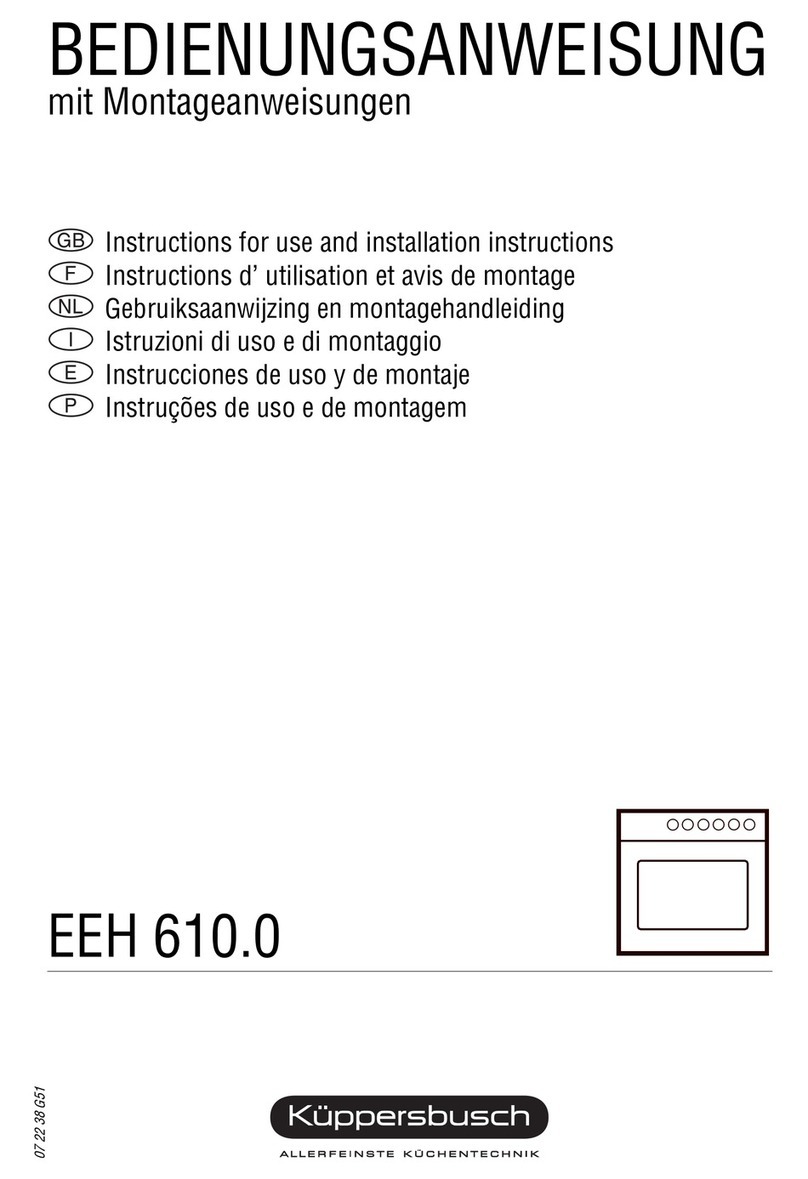
Table of contents page
3/ 92
7. Creating, changing, deleting products in the cookbook 42. . . . . . . . . . . . . . . . . . . . . . . .
7.1 Creating, saving and assigning products 42. . . . . . . . . . . . . . . . . . . . . . . . . . . . . . . . . . . .
7.2 Changing the settings of products in the cookbook 46. . . . . . . . . . . . . . . . . . . . . . . . . . .
7.3 Deleting a product from the cookbook 47. . . . . . . . . . . . . . . . . . . . . . . . . . . . . . . . . . . . . .
7.4 Creating and deleting a category 48. . . . . . . . . . . . . . . . . . . . . . . . . . . . . . . . . . . . . . . . . .
7.4.1 Creating a category 48. . . . . . . . . . . . . . . . . . . . . . . . . . . . . . . . . . . . . . . . . . . . . . . . . . . . . .
7.4.2 Delete category with products 49. . . . . . . . . . . . . . . . . . . . . . . . . . . . . . . . . . . . . . . . . . . . .
8. Using baking 52. . . . . . . . . . . . . . . . . . . . . . . . . . . . . . . . . . . . . . . . . . . . . . . . . . . . . . . . . . . . . . . .
9. Displaying HACCP protocols 54. . . . . . . . . . . . . . . . . . . . . . . . . . . . . . . . . . . . . . . . . . . . . . . . .
9.1 Reading HACCP protocols on a USB stick 55. . . . . . . . . . . . . . . . . . . . . . . . . . . . . . . . . .
10. Setup of the control and user interface 56. . . . . . . . . . . . . . . . . . . . . . . . . . . . . . . . . . . . . . . .
11. Exporting and importing data 66. . . . . . . . . . . . . . . . . . . . . . . . . . . . . . . . . . . . . . . . . . . . . . . . .
11.1 Data export: information about the data structure on the USB stick 67. . . . . . . . . . . . .
11.2 Data import: information about the "Replace/Add" option 68. . . . . . . . . . . . . . . . . . . . . .
11.3 Exporting data - example: saving data 69. . . . . . . . . . . . . . . . . . . . . . . . . . . . . . . . . . . . . .
11.4 Importing data - example: replacing a cookbook/cookbooks 70. . . . . . . . . . . . . . . . . . .
12. Completion of operation 71. . . . . . . . . . . . . . . . . . . . . . . . . . . . . . . . . . . . . . . . . . . . . . . . . . . . .
13. Cleaning and Care 71. . . . . . . . . . . . . . . . . . . . . . . . . . . . . . . . . . . . . . . . . . . . . . . . . . . . . . . . . . .
13.1 Notes on stainless steel (risk of corrosion!) 71. . . . . . . . . . . . . . . . . . . . . . . . . . . . . . . . .
13.1.1 Secondary cleaning after completion of automatic cleaning
(liquid/powder cleaner) 71. . . . . . . . . . . . . . . . . . . . . . . . . . . . . . . . . . . . . . . . . . . . . . . . . . .
13.2 Notes on cleaning 72. . . . . . . . . . . . . . . . . . . . . . . . . . . . . . . . . . . . . . . . . . . . . . . . . . . . . . .
13.3 Preparing the appliance for cleaning of the cooking chamber 72. . . . . . . . . . . . . . . . . .
13.3.1 Cleaning the water manifold 73. . . . . . . . . . . . . . . . . . . . . . . . . . . . . . . . . . . . . . . . . . . . . . .
13.3.2 Cleaning the outlet screen in the cooking chamber drain 73. . . . . . . . . . . . . . . . . . . . . .
13.3.3 Using the sealing plate Type 2011/2021 73. . . . . . . . . . . . . . . . . . . . . . . . . . . . . . . . . . . .
13.4 Cleaning the cooking chamber - without automatic cleaning system 74. . . . . . . . . . . .
13.5 Cleaning the cooking chamber - automatically, with powdered cleaner (optional) 76.
13.5.1 Dosing quantities for powdered cleaner: 76. . . . . . . . . . . . . . . . . . . . . . . . . . . . . . . . . . . .
13.5.2 Starting the automatic cleaning process (powdered cleaner) 77. . . . . . . . . . . . . . . . . . .
13.6 Cleaning the cooking chamber - automatically, with liquid cleaner (optional) 79. . . . .
13.6.1 Connecting or replacing the cleaning agent and rinse-aid canisters 79. . . . . . . . . . . . .
13.6.2 Filling the suction hoses with cleaning agent and rinse-aid. 80. . . . . . . . . . . . . . . . . . . .
13.6.3 Starting the automatic cleaning process (liquid cleaner) 81. . . . . . . . . . . . . . . . . . . . . . .
13.7 After completion of automatic cleaning 83. . . . . . . . . . . . . . . . . . . . . . . . . . . . . . . . . . . . .
13.7.1 Cleaning the glazing, cooking chamber door and seal 84. . . . . . . . . . . . . . . . . . . . . . . . .
13.7.2 Cleaning the grease filter (optional) 84. . . . . . . . . . . . . . . . . . . . . . . . . . . . . . . . . . . . . . . . .
13.7.3 Cleaning the cooking chamber behind the air baffle. 85. . . . . . . . . . . . . . . . . . . . . . . . . .
13.7.4 Clean air filter 86. . . . . . . . . . . . . . . . . . . . . . . . . . . . . . . . . . . . . . . . . . . . . . . . . . . . . . . . . . .
13.7.5 Clean stainless steel surfaces 86. . . . . . . . . . . . . . . . . . . . . . . . . . . . . . . . . . . . . . . . . . . . .
13.7.6 Cleaning the control/display panel and the key "On/Off" 87. . . . . . . . . . . . . . . . . . . . . . .
13.8 Decalcifying the cooking chamber 87. . . . . . . . . . . . . . . . . . . . . . . . . . . . . . . . . . . . . . . . .
13.9 Cancelling automatic cleaning 87. . . . . . . . . . . . . . . . . . . . . . . . . . . . . . . . . . . . . . . . . . . . .
13.10 Cleaning of the condensate cover (optional) 87. . . . . . . . . . . . . . . . . . . . . . . . . . . . . . . . .
14. Errors and remedies 88. . . . . . . . . . . . . . . . . . . . . . . . . . . . . . . . . . . . . . . . . . . . . . . . . . . . . . . . .
15. Service 90. . . . . . . . . . . . . . . . . . . . . . . . . . . . . . . . . . . . . . . . . . . . . . . . . . . . . . . . . . . . . . . . . . . . . .
16. Disposal of end-of-life appliances 90. . . . . . . . . . . . . . . . . . . . . . . . . . . . . . . . . . . . . . . . . . . . .
17. EU Declaration of Conformity 91. . . . . . . . . . . . . . . . . . . . . . . . . . . . . . . . . . . . . . . . . . . . . . . . .
18. Software declaration 91. . . . . . . . . . . . . . . . . . . . . . . . . . . . . . . . . . . . . . . . . . . . . . . . . . . . . . . . .


